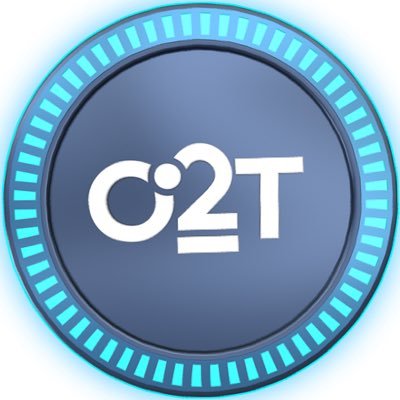Deployable architecture on IBM Cloud: Simplifying system deployment

Deployable architecture (DA) refers to a specific design pattern or approach that makes an application or system easy to deploy and manage in a variety of environments. A deployable architecture includes components, modules, and dependencies in a way that allows for seamless deployment and allows developers and operations teams to quickly deploy new features and updates to the system without extensive manual intervention.
A deployable architecture has several key characteristics:
- automation: Deployable architectures often rely on automated tools and processes to manage the deployment process. This may include using tools such as continuous integration or continuous deployment (CI/CD) pipelines, configuration management tools, and more.
- scalability: The architecture is designed to scale horizontally or vertically to accommodate changes in workload or user needs without significant changes to the underlying infrastructure.
- modularity: Deployable architecture follows a modular design pattern in which various components or services are isolated and can be developed, tested, and deployed independently. This makes management easier and reduces the risk of dependencies causing deployment issues.
- resilience: The deployable architecture is designed to be highly resilient, with built-in redundancy and failover mechanisms that maintain system availability even in the event of a failure or outage.
- portability: Deployable architecture is designed to be portable across different cloud environments or deployment platforms, allowing systems to be easily moved from one environment to another as needed.
- Customized: Deployable architecture is designed to be customizable and can be configured to suit your needs. This helps you deploy to a variety of environments with different requirements.
- Monitoring and Logging: Powerful monitoring and logging capabilities are built into the architecture, providing visibility into system behavior and performance.
- Security and Compliance: The deployable architecture on IBM Cloud® is natively secure and compliant for hosting regulated workloads in the cloud. It follows security standards and guidelines such as IBM Cloud for Financial Services®, SOC Type 2, which ensures the highest level of security and compliance requirements.
Overall, the goal of a deployable architecture is to make it easier for organizations to achieve faster, more reliable deployments while ensuring the scalability and resilience of the underlying infrastructure.
Deployable architecture on IBM Cloud
Deploying enterprise workloads with just a few clicks can be challenging due to a variety of factors, such as the complexity of the architecture and the specific tools and technologies used for deployment. Building a secure, compliant, custom application infrastructure is often more difficult and requires specialized expertise. However, with careful planning and appropriate resources, it is possible to automate much of the deployment process. IBM Cloud provides well-designed patterns that are secure by default for regulated industries such as financial services. In some cases, you can use these patterns as is or add more resources as per your requirements. Check out the deployable architectures available in the IBM Cloud catalog.
Deployment Strategy for Deployable Architecture
The deployable architecture provided by IBM Cloud can be deployed in a variety of ways, including directly through an IBM Cloud project, directly through the CLI using Schematics, or by downloading the code and deploying it directly.
Use cases for deployable architecture
Deployable architectures are commonly used in industries such as finance, healthcare, retail, manufacturing, and government, where compliance, security, and scalability are critical factors. The deployable architecture can be leveraged by a variety of stakeholders, including:
- Software developers, IT professionals, system administrators, and business stakeholders who need to ensure that systems and applications are deployed efficiently, securely, and cost-effectively. It helps accelerate time to market, minimize manual intervention, and reduce deployment-related errors.
- Cloud service providers, managed service providers, and Infrastructure as a Service (IaaS) providers provide customers with a streamlined, reliable, and automated deployment process for applications and services.
- ISVs and enterprises enhance their customers’ deployment experience by providing easy-to-install, customizable, and scalable software solutions that help drive business value and competitive advantage.
Get started now
IBM Cloud helps you reduce the time it takes to design a solution that meets all of your industry’s compliance controls and regulations. The IBM Cloud Framework for Financial Services provides a set of reference architectures that you can use as a starting point to meet the security and regulatory requirements outlined in the framework. These reference architectures provide a solid foundation for deploying secure and compliant applications within the framework. IBM Cloud also offers a pre-configured VPC landing zone deployable architecture built using Infrastructure as Code (IaC) assets based on the IBM Cloud for Financial Services reference architecture.
Explore IBM Cloud Framework today
Was this article helpful?
yesno


